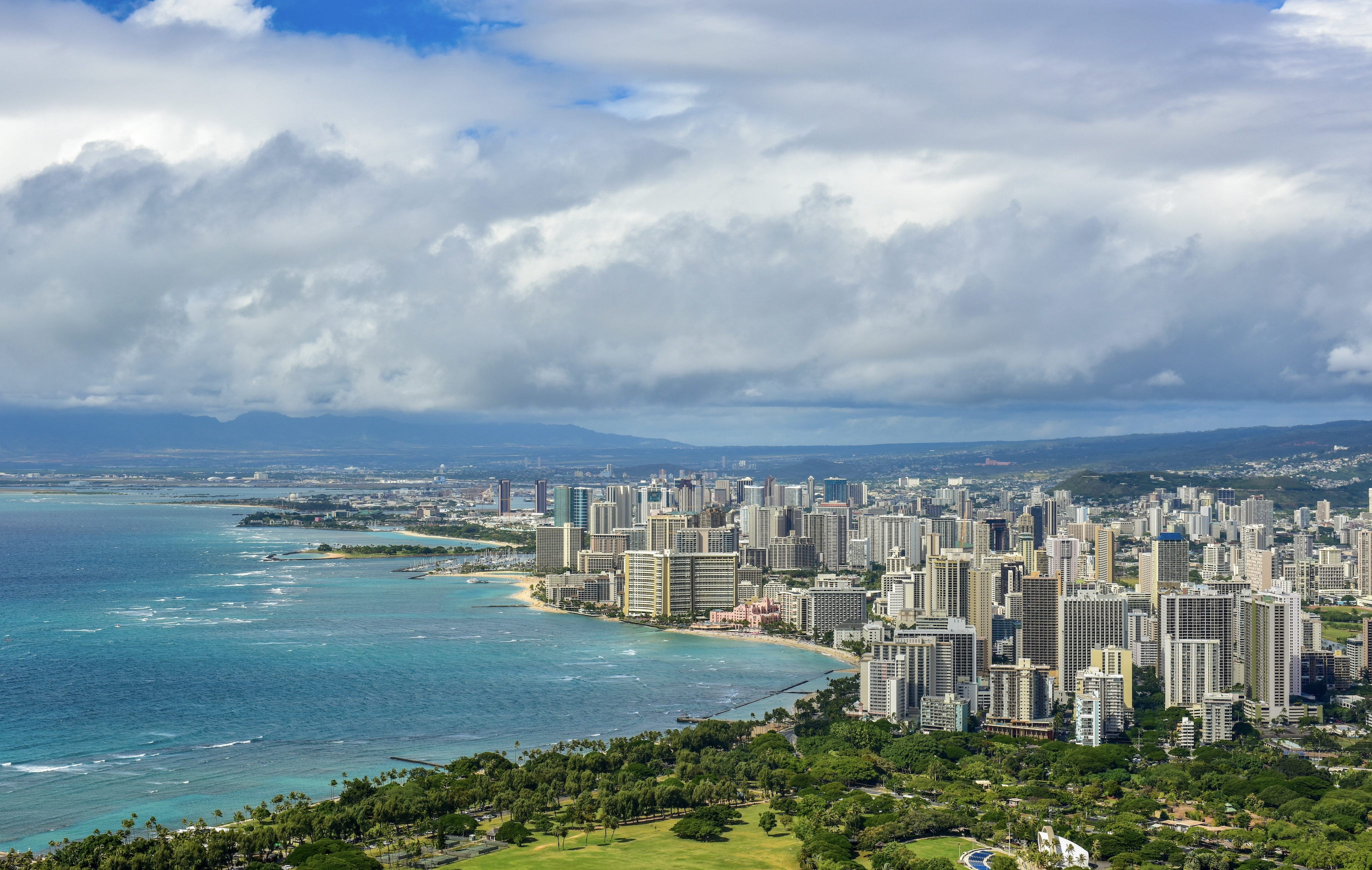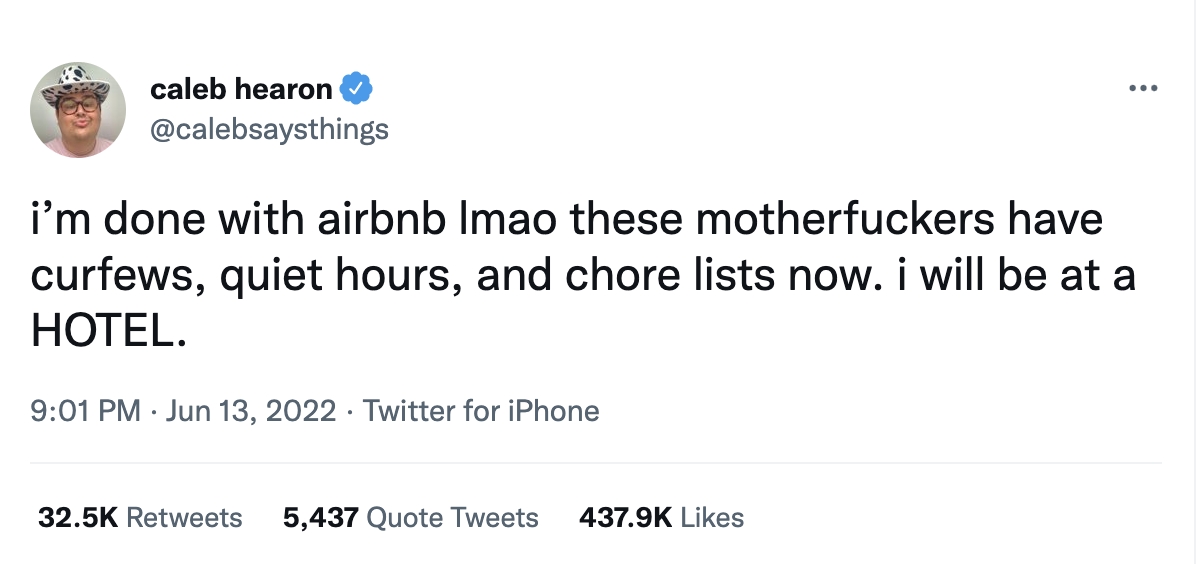
During the peak of the pandemic, I spoke to John DeFries, head of the Hawaii Tourism Authority, about how tourism in the state (and on the island of Oahu, its largest tourism center) might be permanently altered once travel finally opened back up. DeFries had just started his post and his answers shed some light on how the various factions of Hawaiian culture — Indigenous leaders, business owners, and the government itself — felt about the future of tourism. Increased taxes for visitors, the closure of popular beaches for “Locals Days,” and bringing in fewer visitors (at higher dollar amounts) all came up during that conversation.
Precisely what would change was unclear. But the idea that Hawaiian tourism would forever shift was obvious.
More than two years later, we’re starting to see that shift in action. Meanwhile, the conversations about the future of Oahu tourism, and tourism across the state, have hit the mainstream — in some small part, thanks to issues explored on the HBO hit, White Lotus. It hasn’t been the easiest reckoning but that’s to be expected when you’re dealing with an island chain that has far fewer residents (1.42 M) than it did visitors in 2021 (6.77 M, in a pandemic year with no cruise ship visitors at all).
As the conversation continues to evolve, the state, in general, and Oahu in specific seem to be providing a model for how to manage over-tourism. Here are the wins that might provide a roadmap for other heavily-touristed destinations.
BIG CHANGES WITH AIRBNB

If 2022 travel has been defined by any one trend, it’s the sheen truly and finally coming off of Airbnb. While there has long been conversation about what the app does to communities while sending property values to the moon, this year, with Airbnb’s fees increasing and the user experience steadily decreasing (with cleaning and chores being increasingly passed onto users), many travelers seemed to fully sour on the platform.

Meanwhile, where Airbnb has refused to self-regulate in any measurable way, cities and counties are taking it into their own hands. And no with so much vigor as Oahu. In April, a measure passed the Honolulu City Council with a vote of 8-1 that changed the minimum rental length in much of the city from 30 days to 90 days.
“We could feel the outcry from our communities across the island on what had gone on with illegal vacation rentals,” Honolulu Mayor Rick Blangiardi said after the vote. “This is to bring back our neighborhoods, where people grow up, where families are raised and not have them be mini-hotels, but be the neighborhoods they were designed to be, a source of great pride for all of us who have raised families here in Oahu.”
A 90-day minimum, in all but a few “resort zoned” areas across the city sends a clear message about Airbnb in Oahu. Once the ordinance goes into effect on October 23rd, it’s likely to begin restoring some inventory to the home rental market — its stated goal. And after that? Perhaps the entire state will follow certain regions in Canada, where an Airbnb has to be your primary abode in order to be rented at all.
INCREASED CONVERSATIONS AROUND INDIGENOUS SOVEREIGNTY
Running into a lot of people who are telling me that they’re having second thoughts about their Hawaii vacation plans after the last #UnitedShades.
#HawaiiForHawaiians
— W. Kamau Bell (@wkamaubell) August 29, 2022
On a recent episode of W. Kamau Bell’s United Shades of America, Bell asked the very fraught question:
“Is it possible to move to Hawaii and not be an asshole?”
The resounding answer was “no.” And it’s similar to answers I’ve gotten from surfers on Oahu’s North Shore over the years. Though its leader, Eddie Rothman, was born in Philly, not Oahu, the famed surf crew (and clothing label) Da Hui has been pulling people’s cards on the North Shore for decades.
As the conversation about Hawaiian tourism evolves, it’s sure to intersect at every stage with the push for sovereignty in Hawaii — where much of the Indigenous population has very valid and serious concerns about… well, their complete eradication, really. Tourists hoping to visit the island in a way that is conscientious will need to take the lead of organizations like ‘Āina Momona and follow the definitions of and requests for cultural respect that are handed down from Indigenous Hawaiians (who make up roughly 10% of the state’s population).
These conversations are going to continue in ways that are sure to be nuanced and tricky, as recent and even second and third-generation immigrants to Hawaii will have to sort out what supporting Hawaiian sovereignty means to them. Will Hawaii eventually secede from the union? Become a territory in the model of American Samoa?
Those questions might not need answering before you book a ticket but they certainly deserve contemplation. In fact, being willing to wrestle with these heady issues is sort of the price of admission on Oahu (along with rapidly increasing taxes on tourists). Will some visitors decide not to visit after contemplating the issues at stake? Absolutely. And that is how Indigenous Hawaiians want it.
THE REQUEST DEMAND FOR CULTURAL RESPECT
Where Hawaii is on the leading edge of tourism worldwide is in the push for cultural respect. It’s a phrase that could sound like lip service in certain destinations — don’t litter, respect the environment and local people, etc.– but is taken much more seriously in Hawaii. What does that look like, exactly?
It could look like foregoing tour operators that disturb residents. Or limiting which beaches you decide to surf on. Or researching the history of various hikes, landmarks, and beaches before you visit — with an openness to not visiting fraught locations. And while the request for respect of the culture and land from locals is certainly resonant (this Lonely Planet piece offers a wonderful primer), it also might need teeth, in the form of new laws with serious fines.
Just a few days ago, Maui enacted a ban on non-mineral sunscreens in an effort to protect their coral reefs. A similar ban on the big island goes into effect on December 1st. Sadly, these rules seem to often be what tourists need — real-world penalties for being reckless on the road. In the years to come, it will be interesting to see if more laws are enacted that, at their heart, are meant to protect the islands and their Indigenous residents from tourists themselves.
How exactly that takes shape will be determined but Indigenous (Native Hawaiian) leaders like DeFries and by the Council for Native Hawaiian Advancement, which recently took over the marketing and promotion budget for the Hawaiian Islands from the Hawaiian Visitors and Convention Bureau. And while the exact shape of Hawaiian tourism is sure to shift, the commitment to wrestle with these issues is on a variety of levels is sure to build the one thing DeFries and every person in Hawaiian tourism (from surfers to hoteliers) that I’ve ever spoken to on the matter wants — a more sustainable future, where the whims of tourists don’t take precedence over Indigenous residents or the natural resources.

